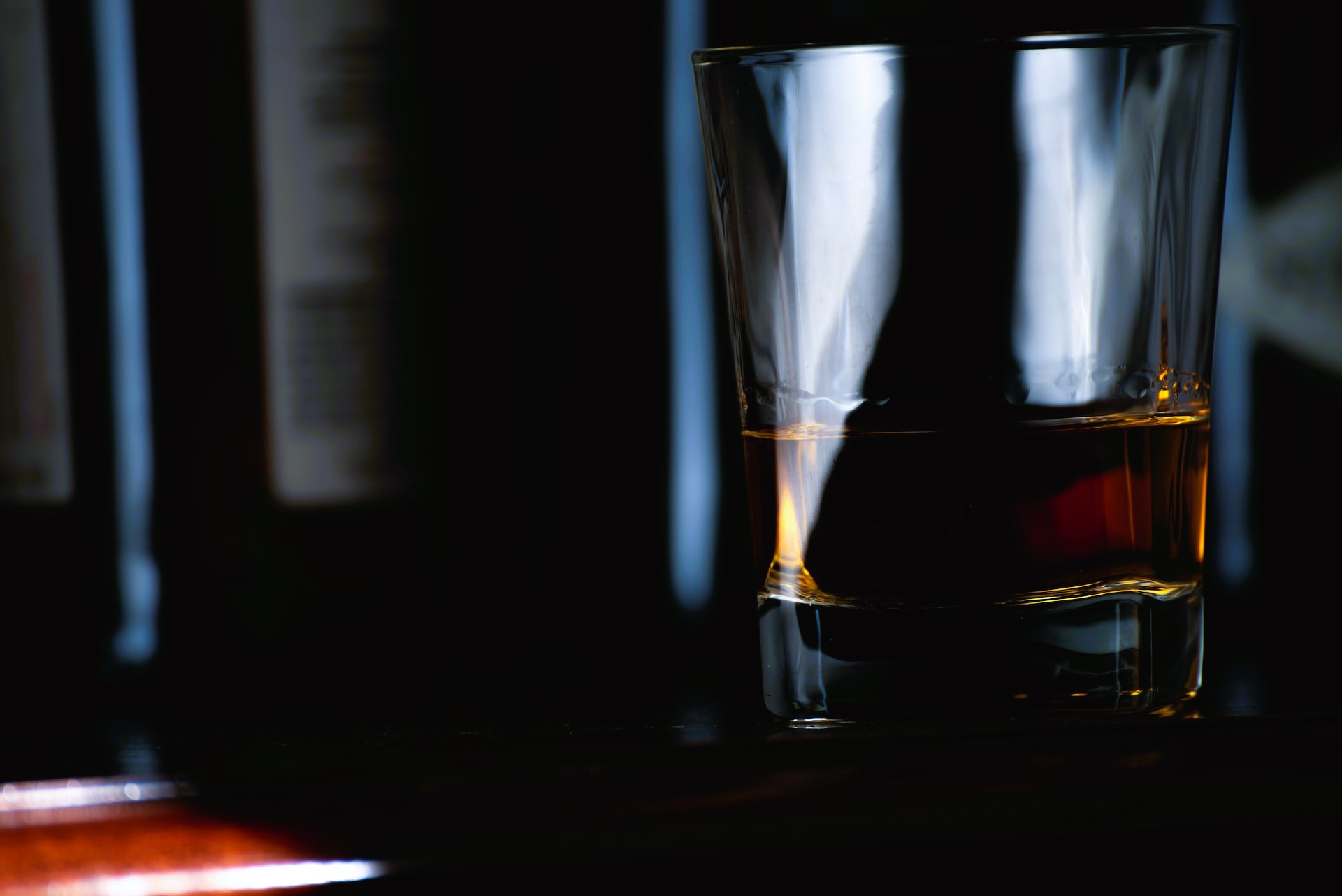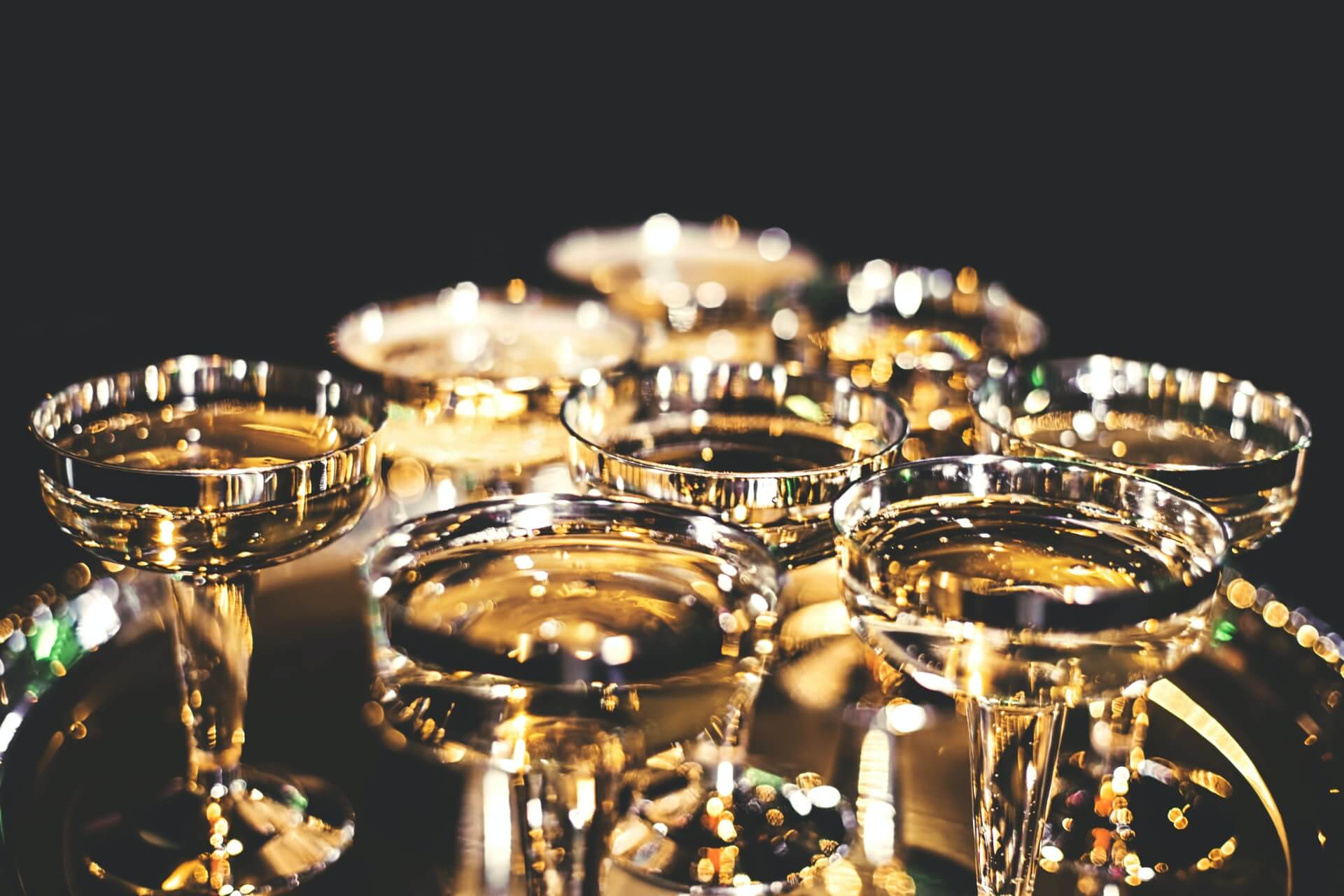There are Luxury Whiskeys. Then There are These…
by David Klemt

Some investors look at whiskey as a luxury good worthy of parking their dollars, with some outperforming gold and the S&P 500 Index.
In fact, super- and ultra-premium whiskey has at times outperformed gold over the past decade. According to some reports, investments in whiskey casks performed better than gold, the S&P 500, and Bitcoin just a few years ago.
Of course, the hospitality and spirits worlds have long been reporting increased interest in luxury whiskey. Really, consumers have shown interest in premium, super-premium, and ultra-premium spirits across several categories.
In other words, it appears that the “drink better” movement continues to accelerate.
This is, of course, great news for operators. Premium and above spirits command higher prices on-premise, boosting revenue.
But there’s luxury, and then there’s luxury. There are ultra-premium spirits, and there are truly exclusive bottles. I suppose hyper-premium describes these incredibly rare expressions. After all, there are hypercars and hyperyachts, and the owners of such vehicles are the people who can afford hyper-premium spirits.
Two examples of such spirits made headlines recently, and wow—their prices are eyewatering.
The Highland Park 54 Year Old
Interested in a taste of the late ’60s? This Scotch was laid down back in 1968 by Highland Park.
And back in 2008, Highland Park master whisky maker Gordon Motion combined four refill butts and six refill hogsheads. That was also the year that Gordon Motion was named master whisky for the distillery. It seems Motion wasted no time in creating an awe-inspiring whisky for Highland Park.
View this post on Instagram
Highland Park’s 54-year-old whisky is stunning, and just 225 bottles are available. This is, of course, a nod to the distillery’s big 2023 anniversary celebration. Highland Park was founded in 1798; 2023 is their 225-year anniversary.
So, what’s a 700ml, 46.9% ABV bottle of Highland Park 54 Year Old going for? Each one carries a price tag of £39,000, or nearly $47,000 USD. There is, of course, no telling what each bottle will be valued at in the future (or if they’ll appreciate, so be careful, investors).
As far as flavor profile, there are, of course, woody and peaty notes. However, there’s also camphor, pistachio, kiwi, and lychee. However, I’m sure whatever I write here will never do justice to experiencing a dram of 54 Year Old.
Gordon & MacPhail Generations 80-Years-Old
For once, I’m nearly speechless. This is the world’s oldest Scotch. And, until we learn otherwise, world’s oldest whisky.
Of particular note, this is Glenlivet liquid rested by father-and-son duo John and George Urquhart in a Gordon & MacPhail cask.
The liquid was laid down on February 3, 1940 and bottled on February 5, 2020. There are 250 decanters available, and these vessels are as stunning as the whisky they contain.
Architect and designer Sir David Adjaye OBE (knighted in 2017) designed the decanter and oak case. Glencairn Crystal Studio stepped up for production of the decanter. Wardour Workshops crafted the case from sustainably sourced oak.
As I stated above, Highland Park’s 54-year-old Scotch costs nearly $50,000. So, what does this Gordon & MachPhail 80-Years-Old Scotch cost?
Well, we won’t really know until October 7 of this year. That’s the date that Sotheby’s will auction off Generations 80-Years-Old Decanter #1.
The world-renowned luxury marketplace is estimating this lot will go for between $120,000 and $255,000. Although, that price could be driven higher should the auction heat up.
Some of the tasting notes from Charlie MacLean MBE include: almond oil, scented hand-soap, sandalwood, dates, salted plums, figs, dry Oloroso Sherry, and a menthol finish.
The Takeaway
I’m not suggesting that operators drop tens of thousands of dollars on hyper-premium bottles. While doing so could translate to hefty margins per ounce sold from such bottles, it’s not realistic for most restaurants and bars.
However, it’s clear that consumers are showing interest not only in learning about luxury spirits but also an inclination to splash out for a taste.
Are 50- to 80-year-old spirits extreme examples of luxury? Absolutely. Do they point to interest in more affordable examples of luxury? Again, absolutely.
Decades-old spirits are rare but not, if this makes sense, uncommon. While the two bottles above are generating headlines, there are others out in the world garnering interest. Examples are Morthlach 70-Year-Old and 75-Year-Old.
Moreover, these rare expressions generate interest in the distilleries that produced them. So, while the average guest may not be able shell out for a 50-year-old single malt, they could be persuaded to try one from that same distillery that’s half that age.
This is, of course, where storytelling comes into the guest experience. An educated, interested, and engaging front-of-house team can be a sales powerhouse.
Image: Anthony Torres on Unsplash


